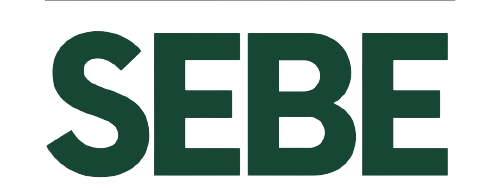Download Instructions for Long Papers
AUTHOR SUBMISSION INSTRUCTIONS
Deadline for Draft Paper: October 11th, 2022.
Deadline for Final Paper: November 14th, 2022.
Before preparing your paper, please read the following:
Title Page
- Capitalization of every word in the title except prepositions and conjunctions
- Listing of author and coauthor information (name, organizational address and email address)
- Listing of the paper word count
Text
- Times New Romans font type.
- 12 pt. font size
- Letter size page (21.59 cm x 27.94 cm OR 8.5 inches x 11 inches)
- Normal Margins
- 1.5 line spacing
- No space between paragraphs
- Justified paragraphs
Abstract
- Word limit – 300 words
- Inclusion of keywords
Figures
- 4 figure maximum recommended
- 250 words equivalent for each extra figure
Tables
- 250-word equivalent for each table
References
- Numeric referencing style
AUTHOR RESPONSIBILITIES
Paper Length
Paper length refers to the total amount of words and word-equivalent count included in the paper. All components counted includes the cover page, abstract, text, references, tables, extra figures (more than 4) and captions count towards the paper length. The total length of a submitted paper should not exceed 7,500 words. Recall that the word-equivalent for tables and extra figures is 250 words. Paper not satisfying this criterion may not receive consideration.
Paper Format
The paper is to have a cover page with details such as title, authors, organizations, and word count. Tables and figures should be placed within their respective sections or as close as possible. Do not use an Appendix. Pages should have line numbers. The abstract should follow the cover page and should not exceed 300 words.
Language
All papers must be submitted in English. Authors may seek professional help for the purposes of editing.
Misconduct
Academic Misconduct will be inline with the University of Guyana’s policy as shown below:
Academic Misconduct includes, but is not limited to plagiarism, collusion, complicity, cheating and fraud. Academic misconduct is taken to be deliberate when a person has had the opportunity to gain an understanding of the practice of academic integrity before the misconduct has occurred, but may be inadvertent when the person does not have an understanding of the practice of academic integrity.
- Plagiarism - is using the words, ideas, data, illustrative material, statements or work of others without due acknowledgement, deliberately or inadvertently, and proclaiming it or allowing it to be considered as one's own for academic or other purposes.
- Collusion - is a type of plagiarism that includes, but is not limited to presenting the product of unauthorised collaboration to an examiner as independent work. Collusion also occurs when a person knowingly allows his or her work to be copied and passed off as the work of another person.
- Complicity - is assisting or attempting to assist another student in an act of academic dishonesty. Cheating is the use of improper means or subterfuge to gain credit or advantage. Forms of cheating include the use, attempted use, or possession of material in an unauthorised form in any examination or other academic exercise submitted for evaluation; misrepresentation of academic or extracurricular credentials; and deceitful performance on examinations. It is also cheating to submit the same work for credit in more than one course, except as authorised in advance by the lecturers.
- Cheating - also includes, copying from another student; sitting an examination for another student; and presenting a false reference list or bibliography.
- Fraud - is a form of cheating that includes, but is not limited to the fabrication of data, and falsifying collected data from systematic enquiry and research investigations.
- University of Guyana, 2018
Paper Withdrawal
Submitted papers could be withdrawn or rejected on the following bases:
- The submission exceeds the 7,500-word limit
- The submission has numerous grammatical and language errors (>20%)
- The use of appendices
- The submission has signs of Academic Misconduct inline with the university’s policies
Referencing
Referencing should follow a numerical style such as the Institute of Electrical and Electronics Engineers (IEEE) style.
Example
In-text
The following link gives access to IEEE’s guiding document regarding referencing [1]:
References
Institute of Electrical and Electronics Engineers. (2018). IEEE Reference Guide.
Piscataway, NJ.
